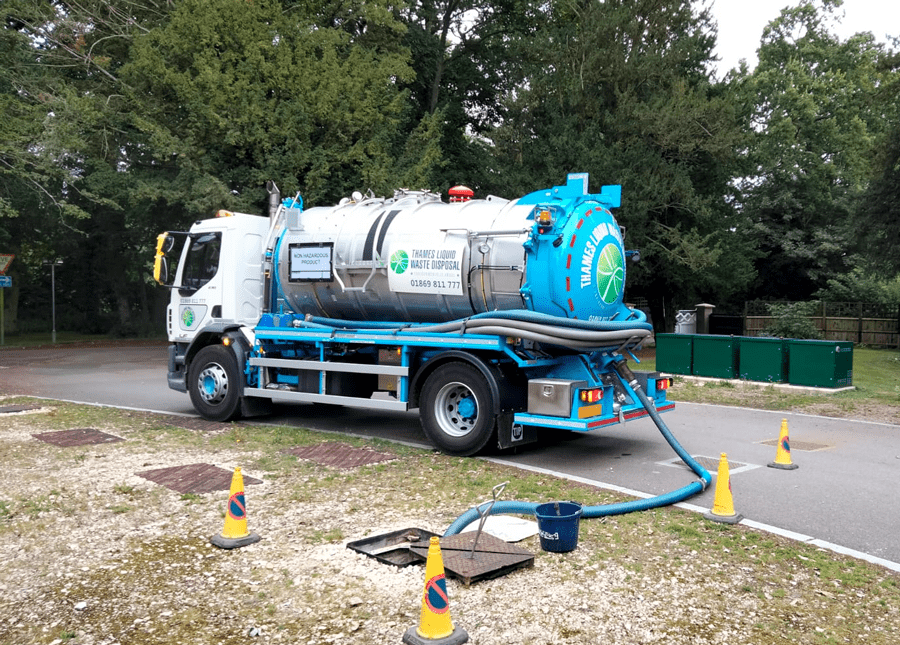Our Reclaim Waste Diaries
Our Reclaim Waste Diaries
Blog Article
Not known Details About Reclaim Waste
Table of ContentsFacts About Reclaim Waste UncoveredGet This Report on Reclaim WasteAbout Reclaim WasteReclaim Waste Can Be Fun For AnyoneThings about Reclaim Waste
Check out the types, events, and types of liquid waste. Domestic sewage waste refers to the waste and products from a domestic sewage-disposal tank. This sort of waste is developed by human beings in residences, colleges, and other buildings. This only consists of sewage-disposal tanks that have a drainpipe area. The appropriate monitoring and disposal of residential sewage waste need fluid waste to be moved to a sewage treatment plant where the appropriate techniques and equipment are related to detoxify and get rid of waste.
Business waste often consists of possible hazards, such as combustible products or a mix of liquid and solid waste items, and needs a much more innovative and thorough disposal procedure. The disposal of commercial waste generally includes the filtration of waste before transportation to make sure secure and proper disposal. Industrial waste is created from by-products and runoff of industrial procedures and production.
This sort of waste can not make use of the same sewer administration transport or processes as septic or business liquids. The commercial waste monitoring process calls for the inspection and screening of liquid waste prior to it undergoes the disposal process (liquid waste disposal). Drainage waste is the liquid waste that comes from drainage and excess stormwater in highly populated locations or cities
Drainage waste can create contamination and flooding if not managed correctly. Making sure appropriate waste administration can protect against catastrophes and decrease environmental injury.
Excitement About Reclaim Waste
Contact PROS Services today to learn more about our waste monitoring and disposal solutions and the appropriate means to care for the fluid waste you produce.
(https://myanimelist.net/profile/reclaimwaste1)This so-called 'wastewater' is not only an essential source however, after therapy, will be released to our land, rivers or the sea. Utilized water from commodes, showers, baths, kitchen sinks, washings and industrial processes is recognized as wastewater.

water made use of to cool equipment or clean plant and equipment). Stormwater, a kind of wastewater, is drainage that flows from farming and city areas such as roofing systems, parks, gardens, roadways, courses and seamless gutters right into stormwater drains, after rain. Stormwater moves neglected directly to local creeks or rivers, ultimately reaching the sea.
The Single Strategy To Use For Reclaim Waste
In Queensland, most wastewater is treated at sewer treatment plants. Wastewater is moved from residential or industrial sites through a system of sewage systems and pump terminals, recognized as sewerage reticulation, to a sewage therapy plant.
The Department of Natural Resources encourages neighborhood federal governments regarding handling, operating and preserving sewage systems and treatment plants. In unsewered locations, regional federal governments might call for owners to set up specific or house sewage treatment systems to deal with domestic wastewater from commodes, cooking areas, shower rooms and laundries. The Division of Natural Resources authorises using family systems when they are shown to be reliable.
A lot of stormwater receives no therapy. In some new communities, therapy of some stormwater anonymous to remove clutter, sand and crushed rock has actually begun utilizing gross pollutant catches. Wastewater treatment happens in four stages: Gets rid of solid issue. Larger solids, such as plastics and various other objects incorrectly discharged to sewage systems, are gotten rid of when wastewater is passed through screens.
Uses little living microorganisms knows as micro-organisms to damage down and eliminate continuing to be dissolved wastes and great particles. Micro-organisms and wastes are integrated in the sludge.
A Biased View of Reclaim Waste
Nutrient removal is not offered in any way sewage treatment plants because it requires expensive specialized tools. It is coming to be much more typical in Queensland. Clear fluid effluent generated after therapy might still have disease-causing micro-organisms. If this effluent is launched right into waterways such as rivers or the sea, the micro-organisms will eventually pass away out.

This normally means wastewater has actually to be dealt with or contaminants removed prior to it can be discharged to rivers. A lot of wastewater flows right into the sewerage system. Under the Act, local federal governments provide authorizations and licences for environmentally pertinent activities (Periods) involving wastewater launches that may have a local effect. The department carries out approvals and permits to ERAs entailing wastewater releases that may have a regional or statewide influence.
9 Easy Facts About Reclaim Waste Shown
Or else, examples are considered research laboratory analysis. Typically several examinations are needed to establish the levels of each of the different contaminants such as oils, heavy steels and chemicals in water. Surveillance gives valid information about water high quality and can validate that permit problems are being fulfilled. The details obtained through monitoring provides the basis for making water top quality decisions.
Report this page